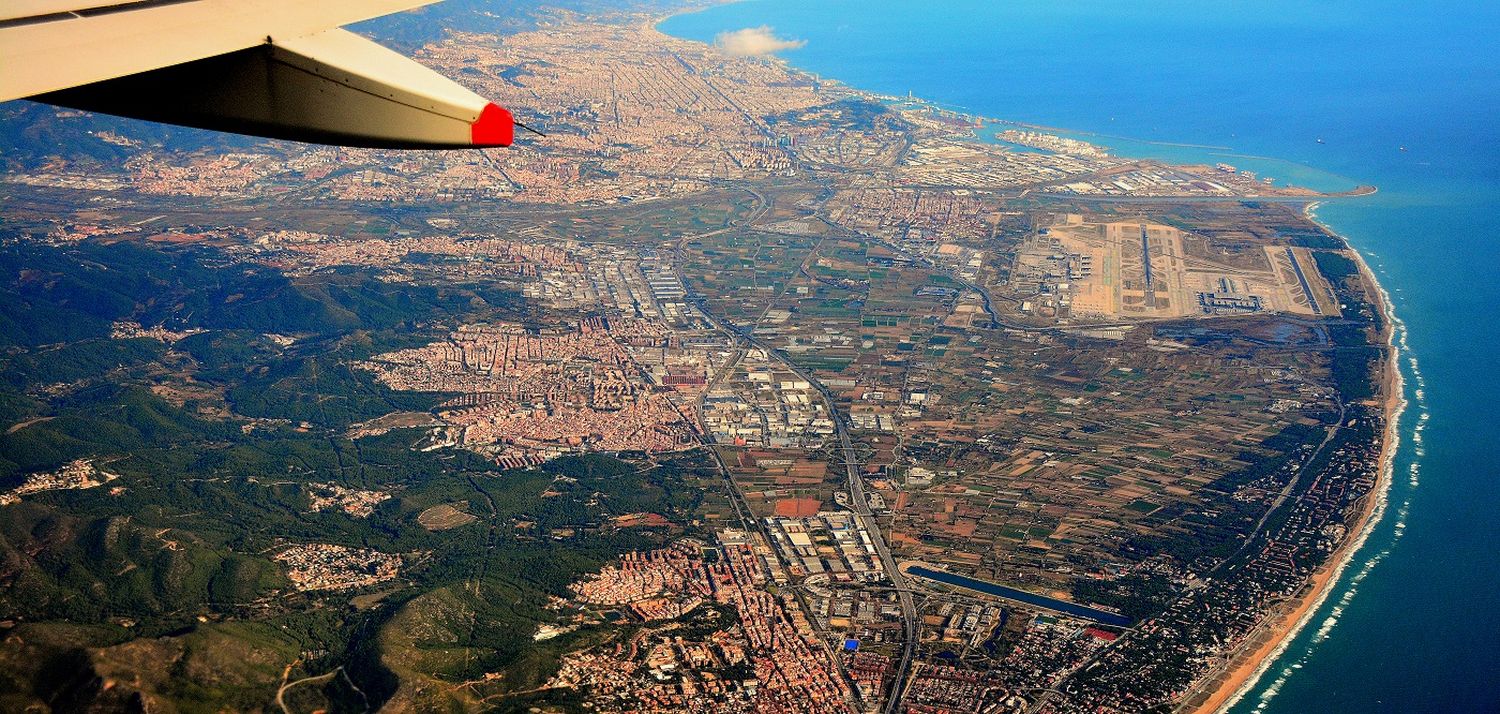Catalan government accelerates Barcelona-El Prat expansion talks amid record passenger growth
The Catalan government aims to begin the expansion works of the Barcelona-El Prat Airport by 2027, in an effort to increase the capacity of the infrastructure, which is nearing its technical limit. According to a report by La Vanguardia, the airport’s capacity is set at 55 million passengers per year, a threshold that is close to being reached following a historic increase in traffic this year. Some long-haul airlines were forced to operate from terminal T2 this summer due to the lack of space in T1, highlighting the need to address the airport’s expansion.
Between January and July 2024, El Prat handled 31.4 million passengers, a figure 12.2% higher than in the same period in 2023, and even 4.3% higher than in 2019, prior to the pandemic. The number of operations grew by 10.7% compared to 2023 (reaching 199,752 flights) and 0.4% compared to 2019.

The Minister of Territory, Sílvia Paneque, announced that in the coming days she will meet with the Minister of Transport, Óscar Puente, to resume talks between the central government and the Generalitat, with the aim of finding a viable technical solution for the expansion. According to the Spanish newspaper, the proposal would be included in the new master plan for the airport in early 2025, with possible construction starting in 2027 if an agreement is reached.
See also: Air China resumes its flights between Shanghai and Barcelona
One of the main challenges of this expansion is finding a proposal that does not create conflict among the governing coalition partners, such as Esquerra Republicana (ERC) and the Comuns, who have expressed their opposition to the extension of the third runway (06R/21L) towards the La Ricarda lagoon. For ERC, this extension represents a “red line,” complicating the possibility of consensus. However, the executive led by Salvador Illa remains committed to unlocking the project, but it is constrained by the coalition agreement, which prioritizes modernizing the airport and increasing long-haul intercontinental connections.
Despite the political tensions, a dozen proposals have already been submitted to improve the airport’s capacity for long-haul flights. La Vanguardia reports that the original proposal from Aena, supported by the central government, included an investment of 1.7 billion euros to extend the third runway by 500 meters and build a satellite terminal. However, this idea has faced resistance due to its environmental impact on the La Ricarda lagoon. ERC, for its part, suggested using the runways for both take-offs and landings during specific summer hours, which would reduce the need for runway extension but increase noise in nearby areas.
The business sector, led by Foment del Treball, has also proposed alternatives, including extending the runway with an elevated platform over La Ricarda. Despite the multiple proposals, none have yet garnered the necessary consensus to move forward.
In conclusion, the future of the El Prat expansion remains uncertain and largely depends on political negotiations in the coming months. Meanwhile, the airport continues to approach its maximum capacity, underscoring the urgency for a decision.
Barcelona-El Prat’s international network outside of Europe has already surpassed 40 cities in the Americas, Africa, the Middle East, and Asia. Air China was the latest international airline to resume its flights to Barcelona last week with a non-stop service from Shanghai.




Comentarios
Para comentar, debés estar registrado
Por favor, iniciá sesión